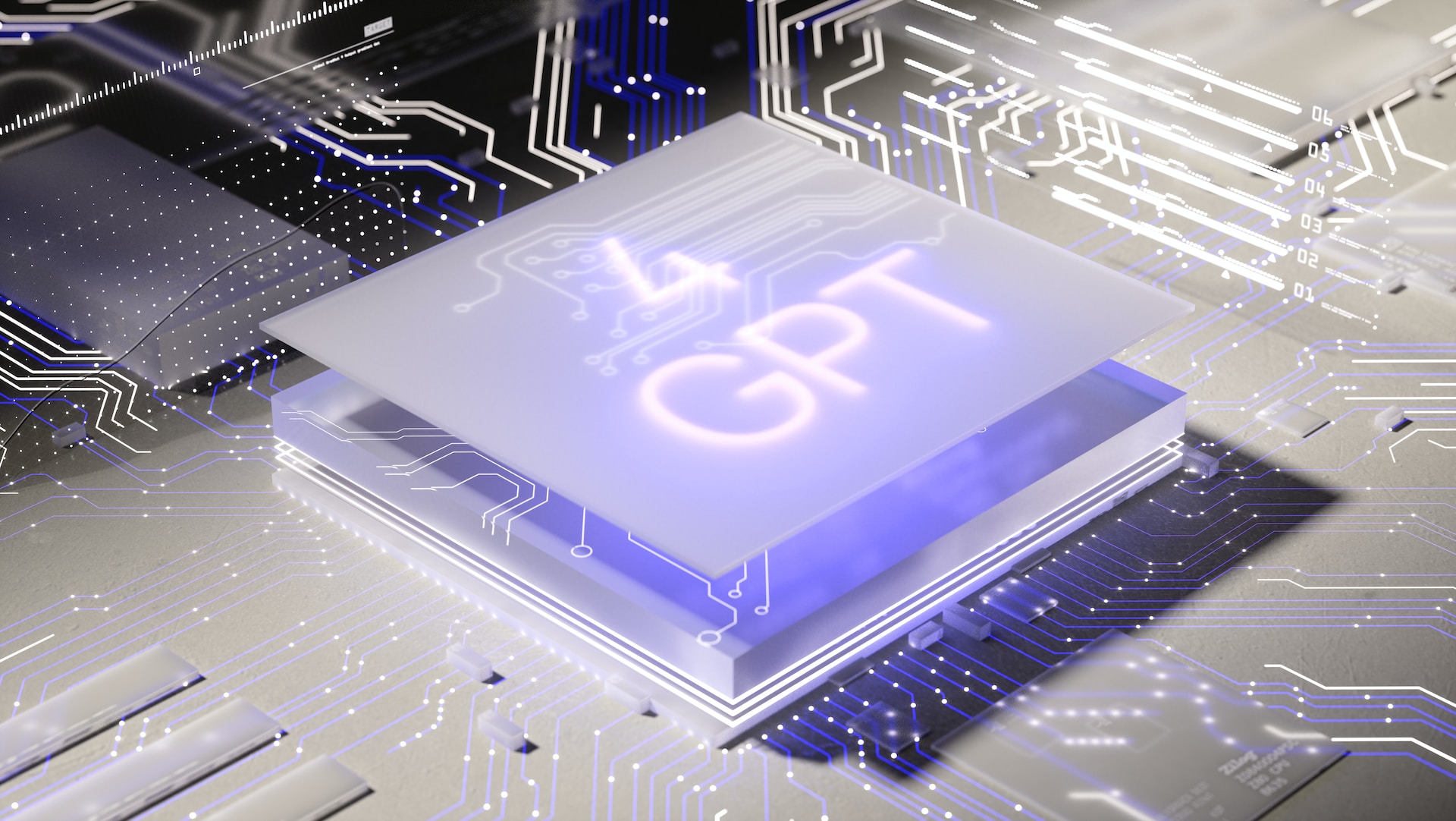The GPT (Generative Pre-trained Transformer) answering algorithm operates based on a process that generates answers to questions by learning from a vast amount of text data. This algorithm functions through the following key steps:
1. Pre-training
- Data Collection: Uses a large corpus of text data collected from the internet.
- Tokenization: Breaks down text into smaller units (tokens).
- Self-supervised Learning: Learns to recognize patterns in the text data through tasks like predicting specific words or phrases. During this stage, it uses the transformer architecture to learn the relationships between tokens within a context.
2. Fine-tuning
- Further trains the already pre-trained model on specific tasks or datasets. This step is optional and is done to optimize the model for specific applications.
3. Generation
- Input Processing: Receives a question or prompt from the user and tokenizes it.
- Context Understanding: Uses the transformer architecture to understand the context of the inputted tokens.
- Answer Generation: Forms an answer by generating the next token one at a time, based on the context, until it reaches an end token or the specified number of tokens.
4. Response Optimization
- The response may be optimized according to specific rules or guidelines. For example, adjustments can be made to align the generated text with a certain style or format to enhance consistency.
Throughout this entire process, GPT utilizes language patterns, contextual understanding, and general knowledge obtained from the vast text data to generate natural and relevant answers to questions. Each response is generated in real-time, based on the context of the inputted prompt or question.






最近のコメント